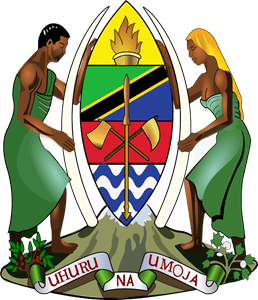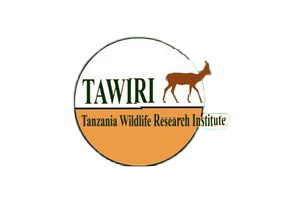A treatment trial for Giraffe Skin Disease (GSD) was conducted on giraffes in Ruaha National Park to determine the efficacy of ivermectin, antibiotic and their combination. A total of 18 giraffes were immobilised using 20mg Etorphine HCL (M99) each and reversed with Diprenorphine (M5050) at the dose of 3 times the M99 dose. The immobilized animals were treated as follows; 5 giraffes were treated with long acting 20% Oxy-tetracycline injectable solution (Alamycin LA 300, Norbrook Laboratories Ltd, Northern Ireland, UK) at a dose of 20mg/kg; 3 giraffes were treated with 1% w/v ivermectin injection per subcutaneous (Bimectin, BIMEDA AMEA Ltd, Dublin, Ireland) at a dose of 200mcg/kg, equivalent to 1ml/50kg); 6 giraffes were treated with a combination of 20% long-acting antibiotic and 1% ivermectin, 4 giraffes were left as untreated control (2 negative control and 2 positive control). All immobilised animals were fitted with Savanna Wildlife tracking GPS satellite collars on the tail for tracing of giraffes; the animals were also fitted with ear tags with numbers to complete tracing of the giraffes especially when the GPS collars fail to transmit location of animals. Treated and control animals were monitored on a monthly basis to assess GSD in treated and control giraffes. Results showed that GPS satellite collars 10 out of 18 stopped transmitting locations of animals within three months of deployment resulting in difficulties in tracing treated and control animals for assessment. Only 7 out of 13 animals were traced and fully assessed three months after treatment namely 3 giraffes treated with ivermectin, 2 giraffes treated with antibiotic and 2 giraffes treated with a combination of ivermectin and antibiotic. Treatment responses three months after treatment of two animals that were treated with ivermectin and fully assessed showed that one giraffe with collar number ID no 4,057 and ear tag number 2,546 fully recovered from GSD and that one animal had little/low improvement (ID no 4,053, 2,547), two animals were not seen for assessment, and one animal died (ID no 4,063, 2,545). Results of two animals that were treated with long-acting antibiotics and fully assessed showed that one giraffe with collar number ID no 4,055 and ear tag number 2,543 had significant improvement from GSD and that one animal had moderate improvement (ID no,4062, 2,553), one animal was not seen. Results of three animals treated with a combination of ivermectin and long-acting antibiotic and fully assessed showed that one animal (ID no 4062, 2553) had significant improvement from GSD, one animal (4,400, 2,564) had moderate improvement and the third animal had no improvement (4056, 2554), three animals were not seen for assessment. Results of the two uninfected control giraffes showed that one giraffe with collar number 4,044 and ear tag 2,555 was infected with GSD three months from the commencement of the study. The overall assessment has shown that out of seven giraffes treated and fully assessed, one (14.2%) giraffe fully recovered, two (28.6%) giraffes had significant recovery, two (28.6%) giraffes had moderate recovery, one (14.2%) giraffe had little/low improvement and that one animal had no improvement. Moreover, the study showed that treatment response was very good in fresh cases compared to chronic ones. It is concluded that GSD responds well to ivermectin and long-acting antibiotics and especially their combination, and treatment responses might be even high for repeated treatments. To overcome the challenges of tracing treated animals and the costs of repeated field immobilisation, and in order to conduct repeated treatments, a controlled treatment trial using giraffes kept in a capture facility of kraal is recommended.








 Users Today : 5
Users Today : 5 Users Last 7 days : 1055
Users Last 7 days : 1055 Users This Month : 2549
Users This Month : 2549 Total Users : 41262
Total Users : 41262